
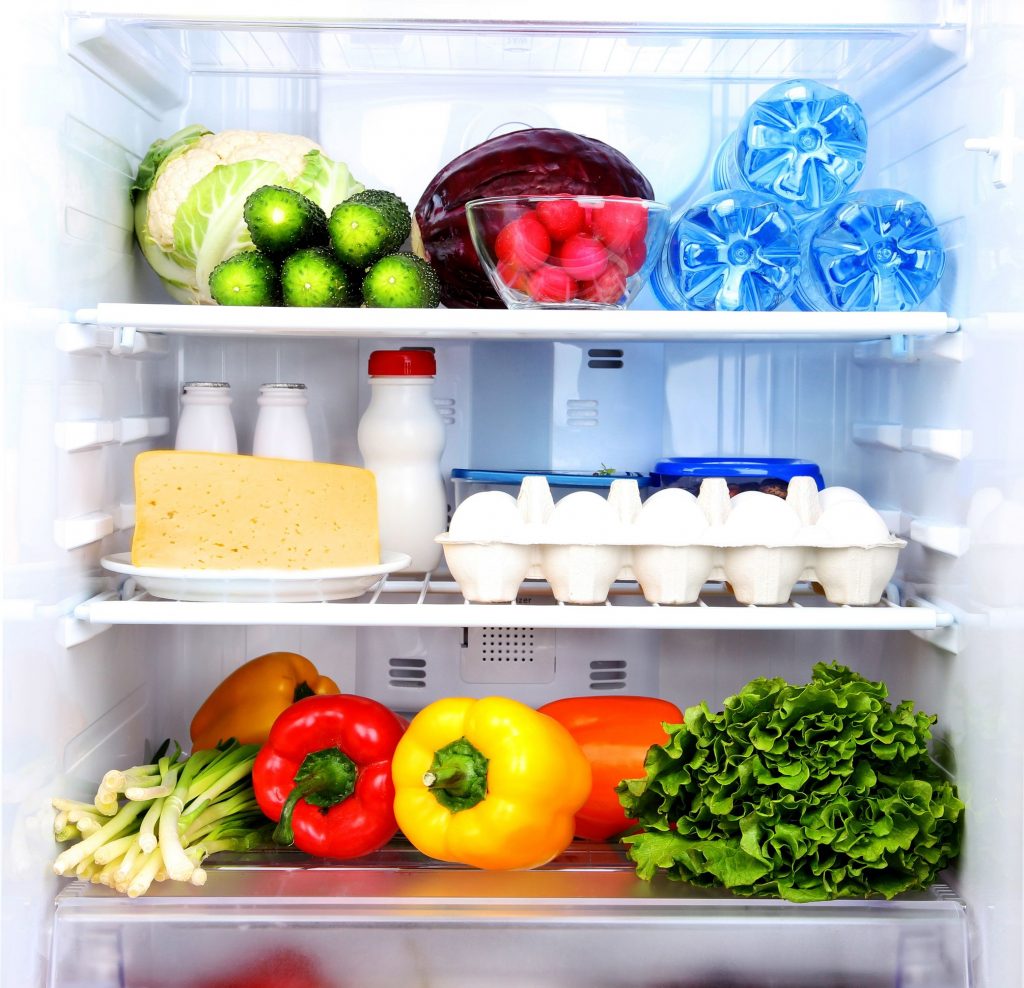
There is an interesting dynamic at play in the modern world, where some countries waste more food than they consume, while others are left to starve. In the US alone nearly 30 percent of available food supply went un-eaten in 2010, and the number keeps on rising. The problem doesn’t just stop at the grocery or retail store; food waste continues to be a problem at home, too. Sometimes you buy more produce than your family can consume, but chances are, MOST of the time you could be storing your food better–over 95% of food thrown away ends up in landfills. Of course, you can’t save every morsel of food; but you can eliminate the excess waste production, and if you’re already aware of the food situation at home you can donate any extra food before it spoils–everyone wins.
It may feel natural to put all foods in the fridge in order to keep them fresh for as long as possible but, in reality, some can actually spoil faster when placed in cool, damp environments. It’s crazy to think that a decision as simple as storing some food in the refrigerator can actually change the chemical compounds and nutritional value, but it’s true. Most of the time you can tell if something should be refrigerated by the way in which your grocer will arrange it, but sometimes it’s not so obvious.
The next 15 slides will give you information on what foods should never be refrigerated and WHY, as well as giving you some tips and tricks to not only keep your food fresh but also help you save a ton of money–all while saving the environment.
15. Bananas

Personally, I enjoy bananas more than most fruits, and I happen to love it when it’s chilled (versus room temperature). Unfortunately, as it turns out, bananas are actually something that should never be put in the fridge until they’re ripe and ready to be eaten. If you do like them chilled, make sure to only put them in the fridge if you’re going to eat them immediately after. The dark and wet environment of the fridge actually accelerates decomposition, while the cold prevents it from ripening, and no one likes a rotten yet unripe banana.
14. Potatoes
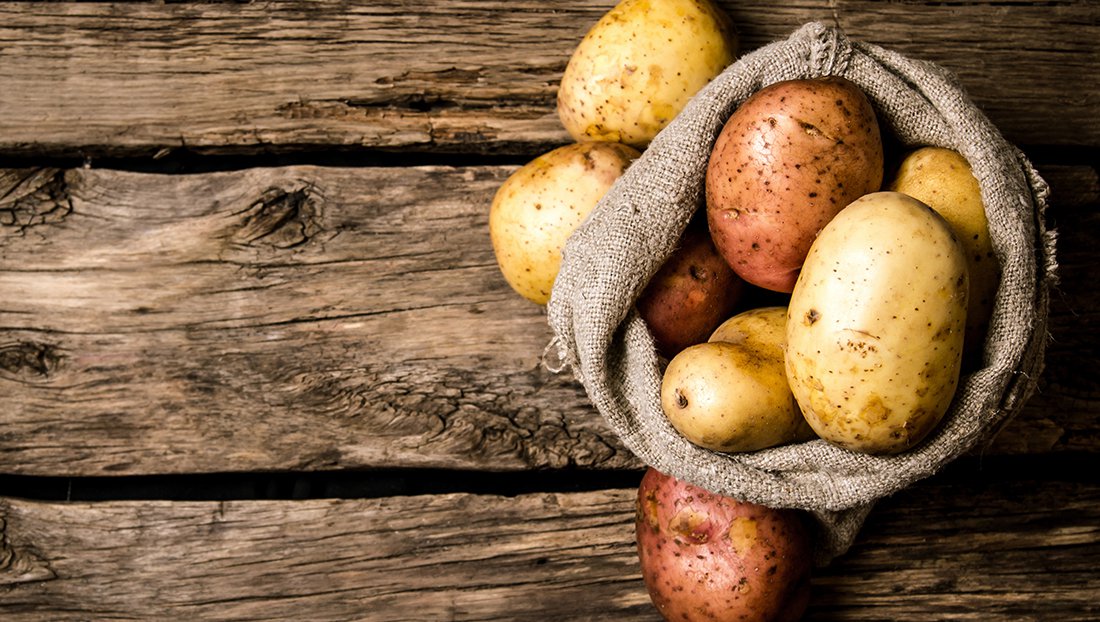
It may feel like second nature to keep all veggies in the fridge in order to keep them fresh for as long as possible, but when dealing with potatoes it’s a different story. Potatoes actually last longer when they’re kept in cool, dark, and dry environments–notice the difference in cool and cold. When the temperature is too cold, the starches can change into sugar faster, changing the flavor and nutritional values. Potato experts also suggest keeping them in a cardboard box versus the store-provided plastic.
13. Onions

Onions have many layers, and the outer shell is designed to keep the center fresh and secure. In order to maintain a healthy outer layer, onions should be kept in cool dry places like a box in the garage or pantry. Once you cut into an onion or peel off the outer layer, freshness can only be obtained by keeping it sealed and in the fridge.
12. Avocado
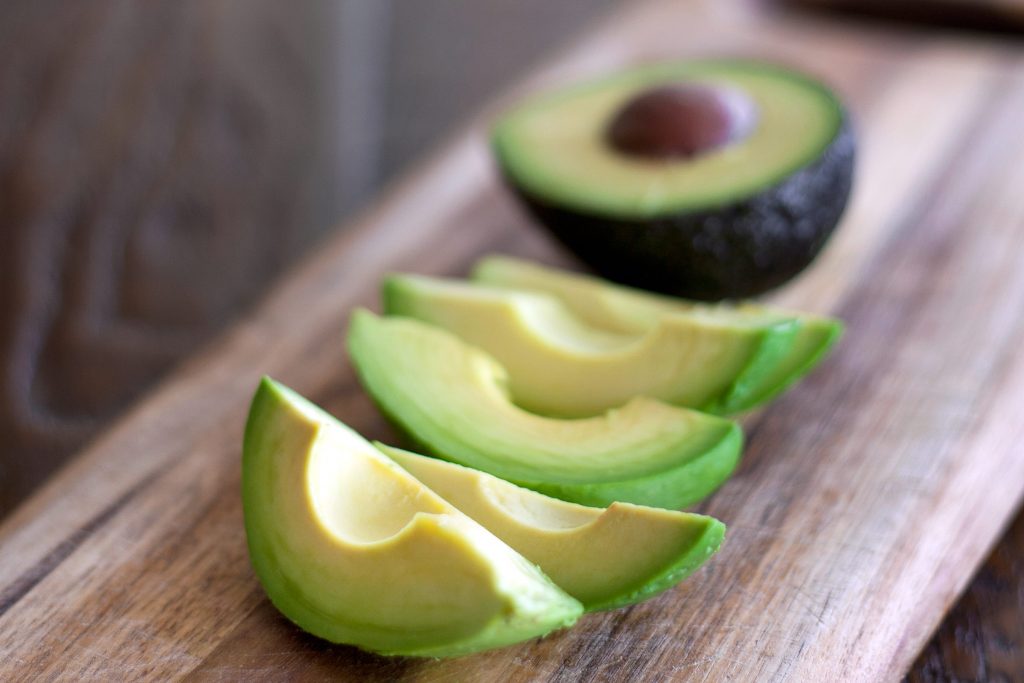
Avocados are known for their obnoxiously quick ripening time, and placing them in the fridge can make it even worse. It seems that one minute your avocado is ripe and the next it’s rotten; this may tempt you to place it in the fridge to try and preserve it but try and resist doing so. The cold temperature of the fridge will stop the ripening process altogether and it will eventually mold without ever coming to peak freshness. Only place them in your fridge when they’re already ripe and you know you won’t be using it.
11. Garlic
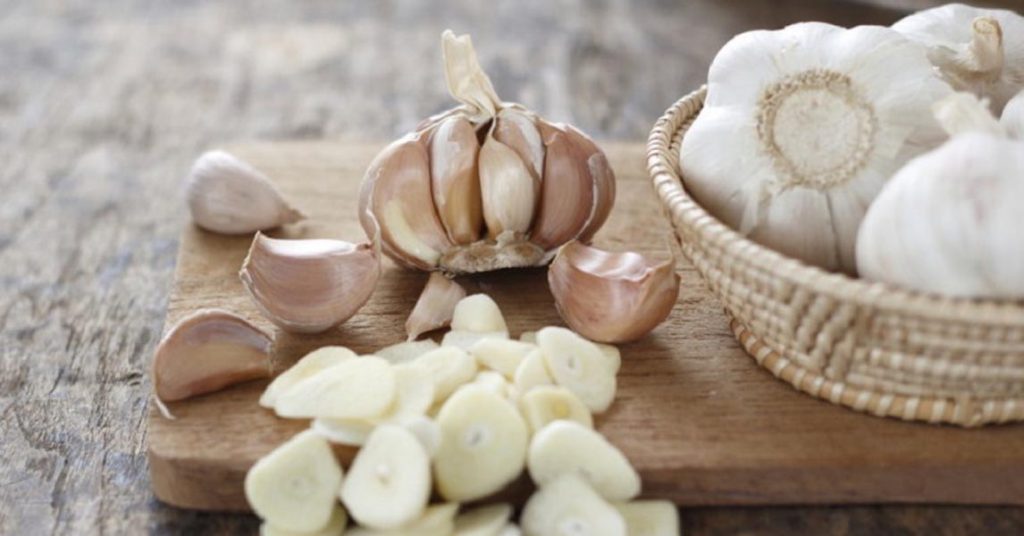
Garlic is another one of those ingredients that shouldn’t be stored in the fridge because the constant cold temperature changes the flavor. The cold will cause it to over-ripen and sprout, which gives the garlic a bitter and unpleasant flavor. Instead, store it in a cool, dry place for the best taste and the longest lasting garlic. If you want to always use the most flavorful garlic, avoid the jarred and canned options; even though they are convenient, the product isn’t as fresh. P.S., it can be tricky to tell when garlic has gone bad, so slice into a clove before heading out to the grocery store.
10. Bread
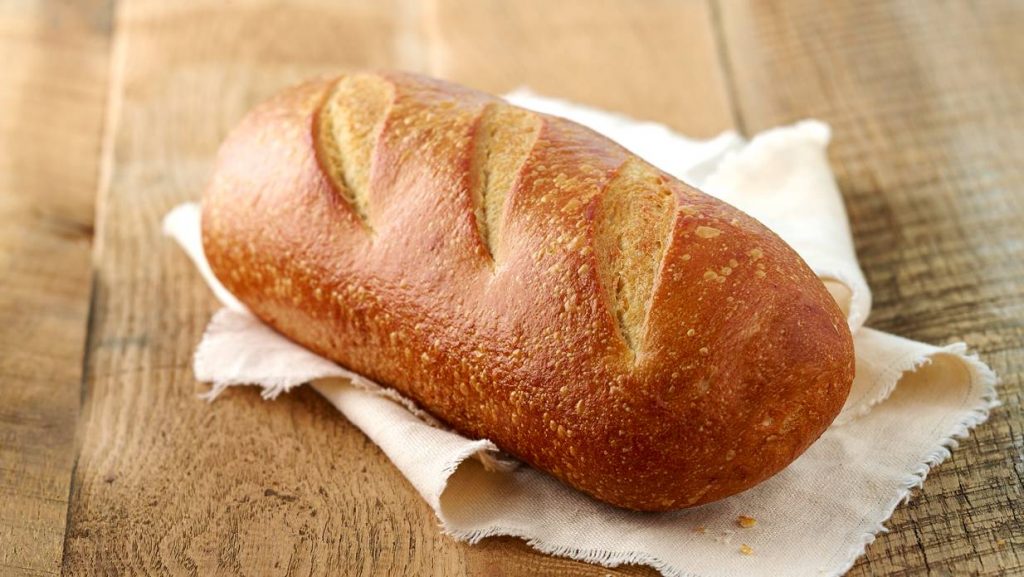
It can be hard to keep fresh, organic bread from spoiling quickly because it doesn’t contain unhealthy preservatives, but it’s important that you keep it out of the fridge. It may seem like a good idea to keep your bread in the fridge because you’d think it’d help keep it fresh longer, but what actually happens is it dries out; the cold environment pulls the moisture out and creates a tough, chewy texture. To extend the life of a loaf of bread, it’s best to store it in a bread box.
9. Coffee

Coffee beans, ground and whole, need to be stored in a dark, cool area to keep their freshness and maximum flavor. The fridge is too damp and cold to maintain the beans’ freshness so avoid it at all costs. Keeping coffee fresh can be as easy as finding an airtight container and putting it on your counter. If you have a great deal more coffee than you can consume in a month, wrap it up in airtight plastic and freeze it.
8. Tomatoes
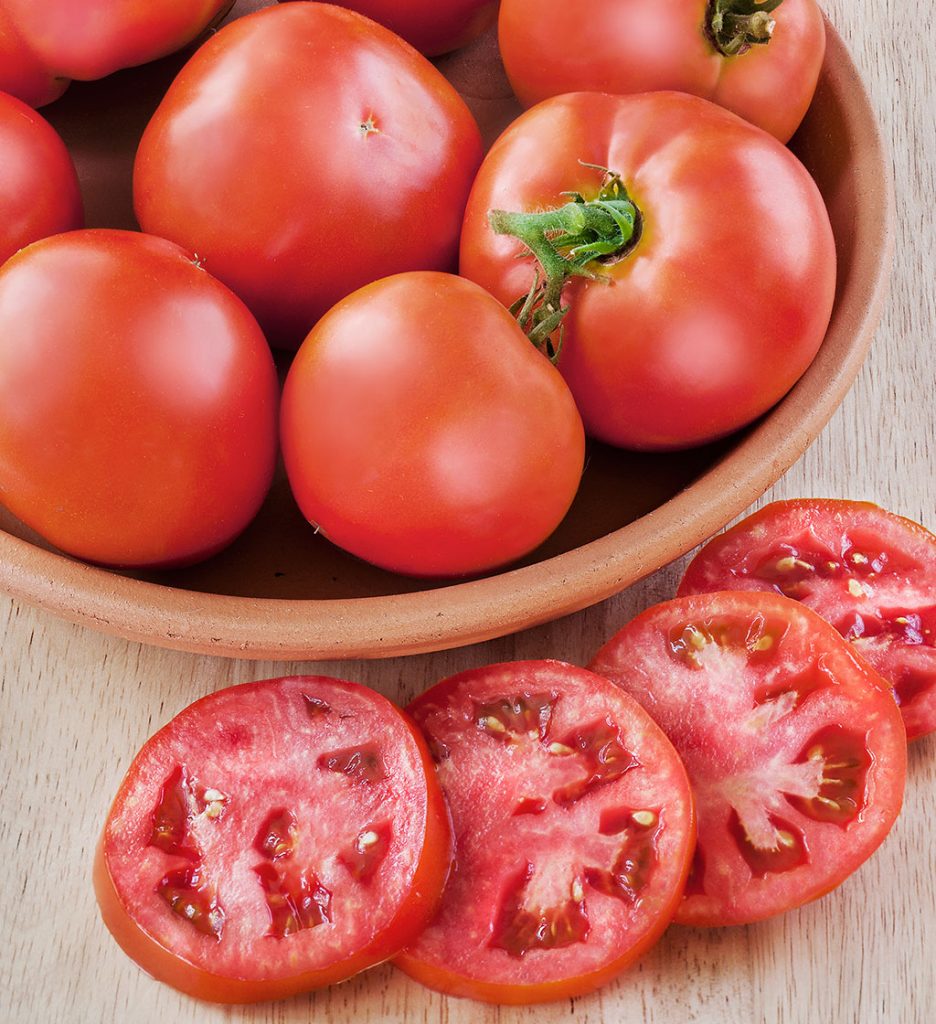
Tomatoes are one of those fruits that taste really good chilled, but when exposed to cold and damp conditions for long periods of time, like inside of a fridge, they can lose their flavor. The fridge stops the ripening process and the temperature breaks down the firmness of the membranes, making tomatoes squishy. Tomatoes do best in a bowl or basket on the counter but can also be chilled prior to eating to accommodate preference without losing flavor.
7. Honey

Honey is a natural preservative and thus doesn’t need to be refrigerated. The cold temperatures only dry out the honey and crystallize it, eventually changing its texture. Honey also needs to stay in an airtight container or the oxygen will speed up the crystallization process, but it can be kept nearly anywhere that’s room temperature.
6. Melons
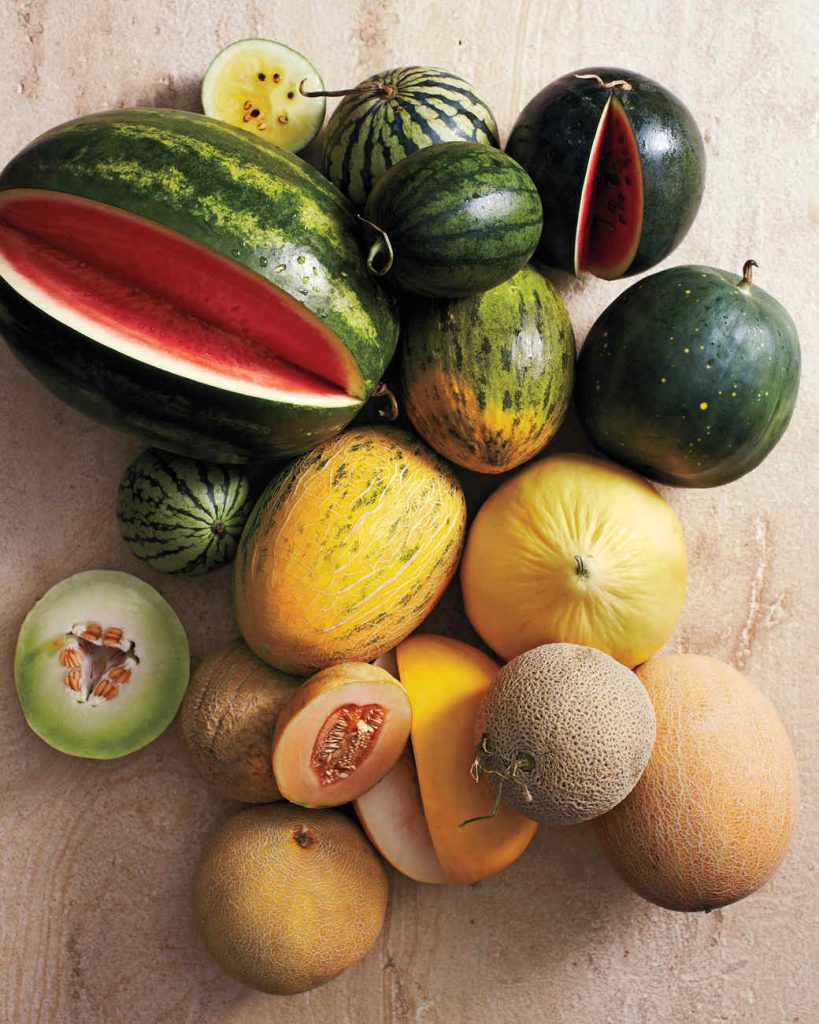
Whole melons are best stored in their natural habitat or as close to it as possible, which can usually be obtained by leaving them on the counter. If you like the fruit chilled, slice it up and store it in the fridge for a bit before eating. All sliced melon should be stored in the fridge because once the outer skin is broken the rotting process will begin.
5. Basil
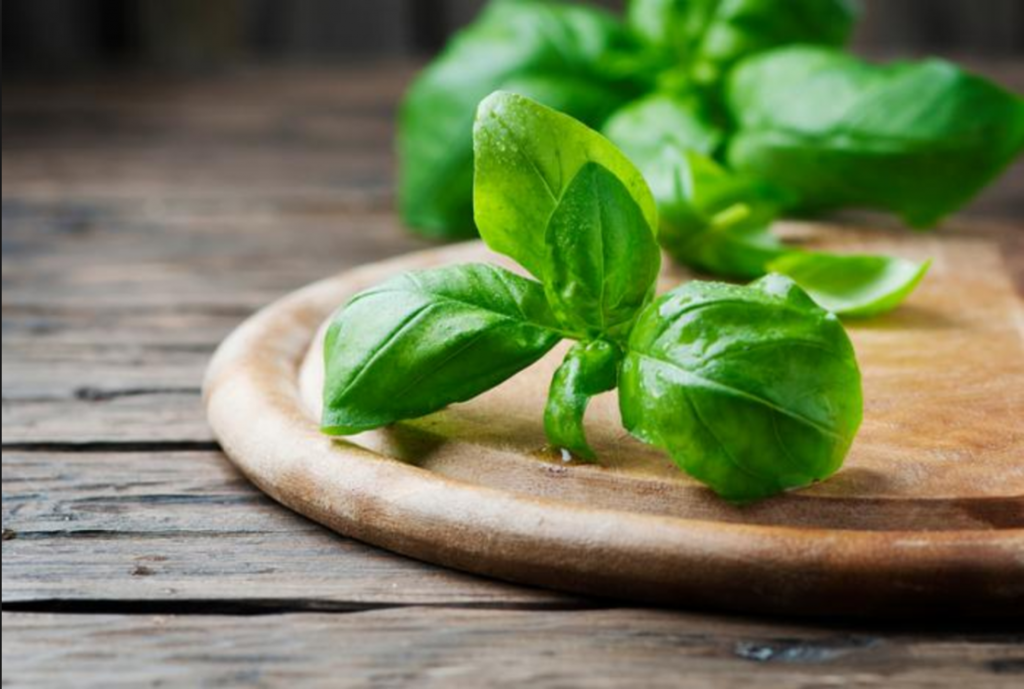
The basil plant does its best when stored at room temperature because the coldness of the fridge will, in fact, wilt the leaves. Basil is already a herb that wilts quickly and the fridge will do nothing to preserve it, only accelerating its demise. Not only will the fridge wilt the basil, the leaves will absorb any other flavors being stored around it, altering its flavor.
4. Peanut Butter
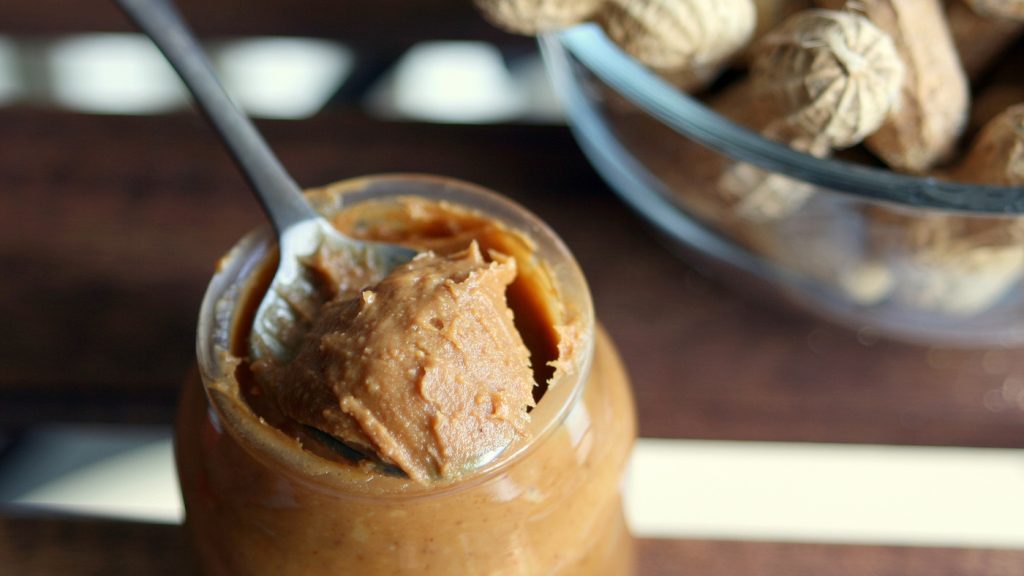
It might feel natural to store your peanut butter in the fridge next to its compliment jelly, but it’s not actually the best place. Over time, it will get dry and crusty, making it almost impossible to spread. Keep it air-tight and in your pantry or cupboard. For the easiest and most spreadable peanut butter, room temperature is always best.
3. Citrus Fruits
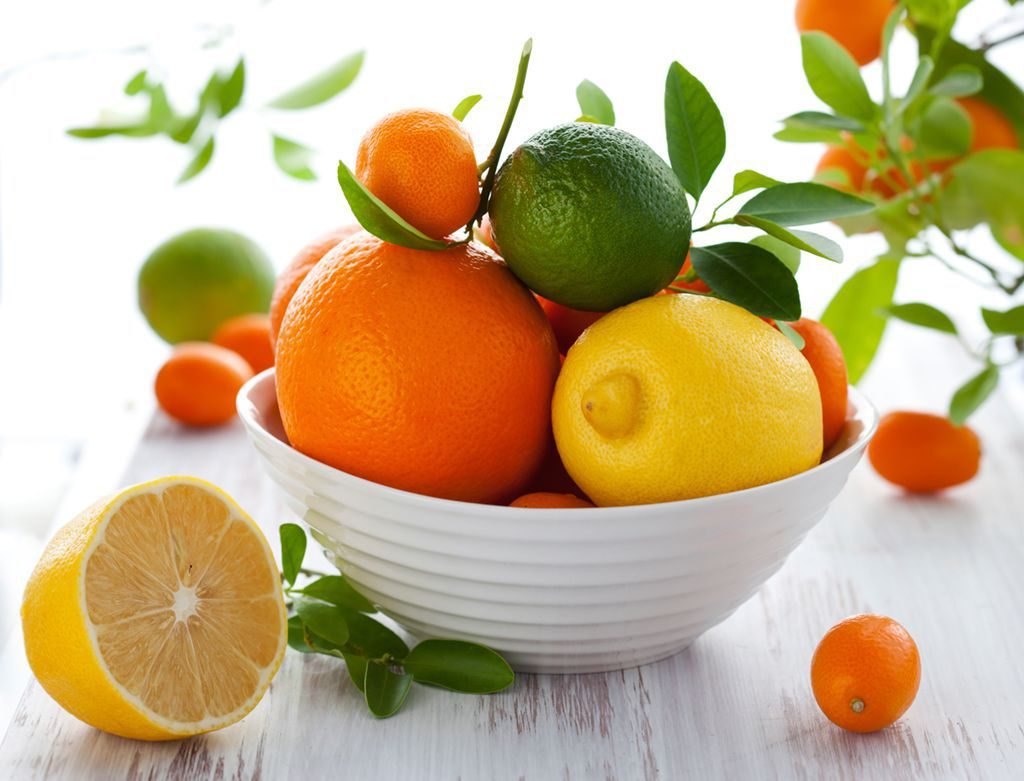
Follow how your local farmers market or grocery store keeps its citrus fruits, at room temperature, stored near, but not inside, the refrigerated section. When a citrus fruit is stored in the fridge it can stop the ripening process, giving you a fruit that’s not only less juicy but it’ll have an uneven color and texture too. After juicing or slicing, however, the fruit and its contents should be refrigerated.
2. Chocolate

Although chocolate will melt in high temperatures, 86 degrees to be exact, keeping it in the refrigerator for long periods of time will cause it to dry out. The cold temperature not only dries out the chocolate, changing its texture, but it changes the taste too. Re-solidifying melted chocolate can be done in the fridge; but just remember, the longer it sits inside there the worse it’s going to taste.
1. Hot Sauce
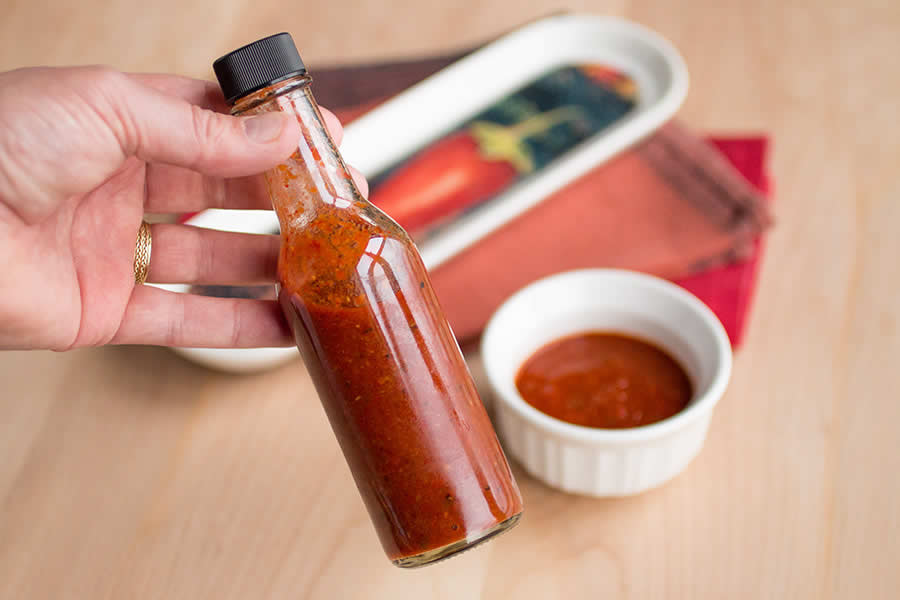
A lot of hot sauces contain vinegar and sugar, which prevent bacterial growth, naturally preserving the food. The flavor actually changes when it’s refrigerated, too–the spice in the peppers is much more potent at room temperature.








